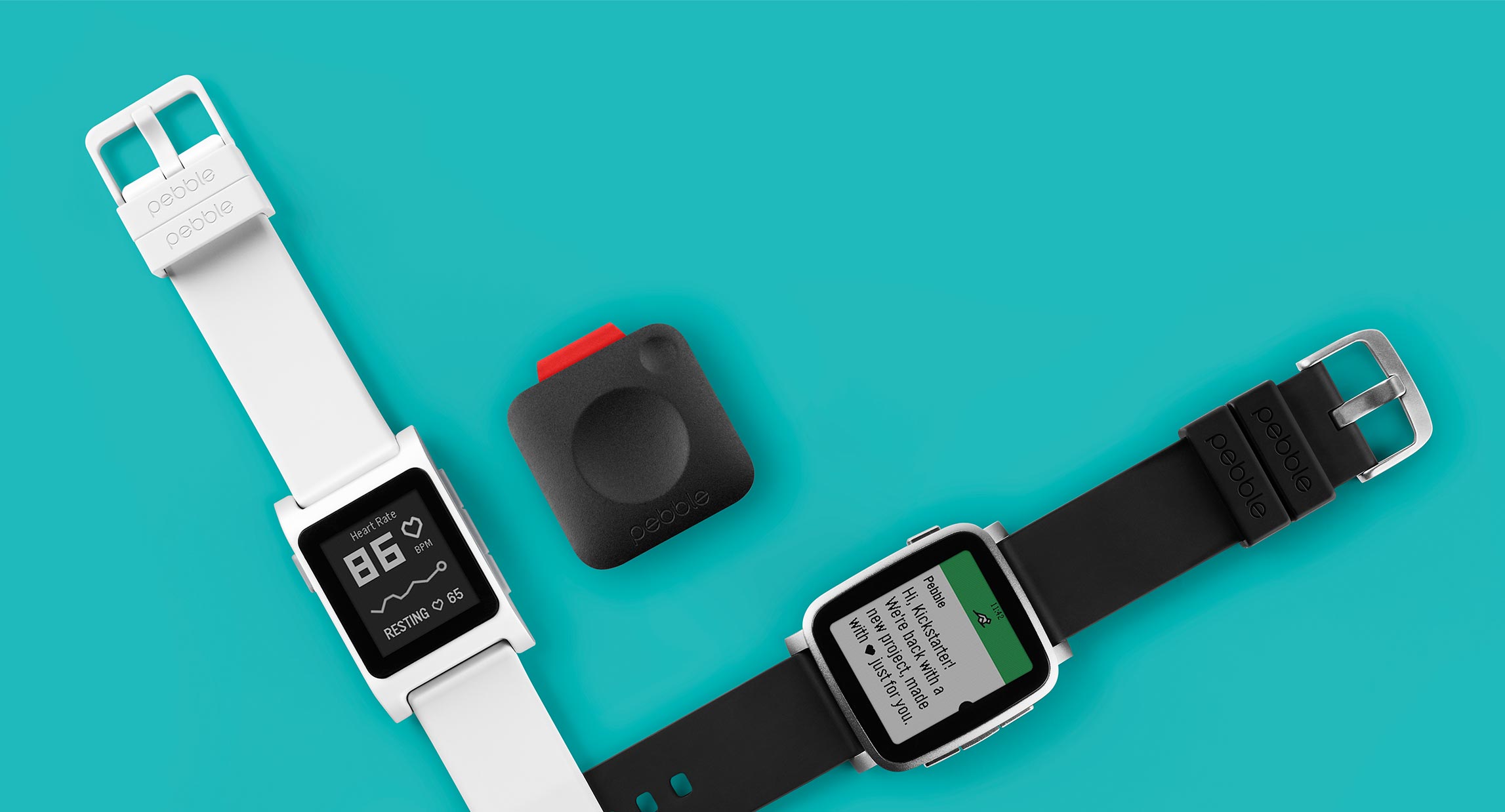
How Pebble Is Killing It on Kickstarter
Rachel Metz has written a fantastic piece on why Pebble continues to do well, particularly on Kickstarter, after raising nearly $10 million dollars for its Pebble 2, Pebble Time 2, and the all new Pebble Core. What I found so interesting is why people keep going back to Pebble even though there are other competitors on the market.
Several Pebble owners say it’s a combination of factors, including its price, which currently ranges from $100 for the original Pebble to $250 and up for the Pebble Time Steel. There’s also its long battery life relative to other smart watches—a maximum of seven or 10 days on most models, helped by a low-power e-paper display, compared with roughly a day for many competitors—and its ease of use.
These are all really great reasons to own a Pebble smartwatch. It’s perhaps the closest thing to mimicking a real watch since real mechanical or quartz-powered watches do not require daily recharging. Most watches are also pretty cheap, which Pebble has managed to accomplish with a $100 starting price. The Apple Watch on the other hand basically needs daily charging and of course costs $300 at the very minimum. It’s truly a very different product.
Maiuri, who tried out a Pebble after getting frustrated with an Android Wear smart watch, likes that the device’s display stays on all the time so she can easily check the time. This isn’t the case with a lot of other smart watches, which rely on the more consumptive displays also seen in smartphones; with the Apple Watch, for instance you have to twist your wrist to get the display to light up.
And while many smart watches tout touch screens as a convenient way to use the diminutive hardware, she prefers Pebble’s decision thus far to eschew touch displays in favor of buttons on the side of the watch. This way, she says, she doesn’t have to even look at her wrist when, say, adjusting music or changing slides on a projector in her classroom.
I’m really hoping Apple enables and “always on” display with either watchOS 3 or with the second-generation Apple Watch. In terms of buttons, I’m not sure if Pebble’s implementation is the best one. It’s certainly good, but I don’t think having touch-screen buttons on the face of the Watch display is a bad thing.
And people do wear their Pebble watches a lot: Migicovsky, Pebble’s founder and CEO, says that more than 80 percent of Pebble owners wear it from one month to the next, and about 80 to 85 percent of Pebble owners wear it five or more days a week. Like those who have the devices, he attributes the company’s customer loyalty to traits like its battery life and the ability to customize the Pebble through its software, and he says a lot of its growth still comes via word of mouth.
80 to 85% is pretty great, but those numbers rival Apple Watch numbers too.
Here’s the thing: Apple has the resources to keep making their product better and better. How is Pebble going to compete as Apple puts more advanced sensors in the Apple Watch? Apple Pay, for instance, is one of the most popular uses of the Apple Watch, yet Pebble has no way of offering anything similar.
To me, this is so like the Blackberry vs iPhone scenario we saw in the first few years of the iPhone. Blackberry actually did well for the first couple years, but then it basically found itself declining year after year after year. As much as I hate to say this, I think the same will be true of Pebble. Maybe I’m wrong. Maybe they can compete on price and people who want to spend $100 will gravitate towards them. But at $250, just $50 less than the entry level Apple Watch, I don’t see how they can keep up.
They have a great team with some great ideas. Perhaps they get bought out by Google or Microsoft or even Apple.